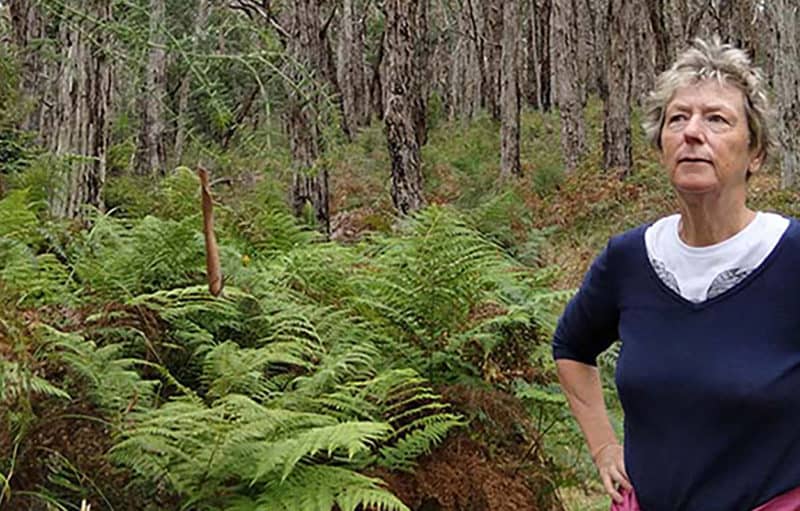PARK WATCH Article November 2022 |
Shannon Hurley welcomes moves to power our state with renewable offshore wind energy, while urging leaders to consider the impacts on our marine and coastal ecosystems front and centre.
Described as a ‘world-class offshore wind resource’ Victoria is seeing rapid plans for development of the new offshore wind industry, paving the way towards net zero emissions by 2050. While we welcome this direction, the ecological impacts a large-scale rapid transition could have on our seascapes and wildlife raises concerns.
The recent boom of the offshore wind industry has seen moves by the Victorian and Federal state and federal governments to streamline the way forward. Unfortunately, a clear overarching plan for protecting the great values of our seas and shores in the process is sorely lacking.
The State Government released their vision for establishing the offshore wind industry in the Offshore Wind Directions Paper in July, while supporting three different projects along our coastline. The furthest along the chain of approvals is the Star of the South, off the coast of Gippsland, with many more offshore wind developers with their sights set for Victoria’s windy coastline. Alas, the directions paper did not contain any detail on how they plan to assess, avoid, and minimise the impacts on nature, other than to say ‘technical studies’ have been done. We had hoped ambitions would have been much higher.
The Federal Government’s role as the regulator is to oversee initial access to the seabed in Commonwealth waters for offshore wind infrastructure. The recent announcement of the ‘offshore wind energy zone’ off the coast of Gippsland is massive, running offshore from Phillip Island, around the Prom and all the way to the Gippsland Lakes. While it was put out for public consultation to determine the effects of offshore wind development in this zone, we were disappointed to see this zone released with no identification of significant environmental areas. The only ‘area to be avoided’ was for existing oil and gas titles.
Given that the offshore wind infrastructure is located within both state and Commonwealth waters, it requires collaborative oversight on the impacts on biodiversity from both levels of government. This has so far been done project by project, under standard environmental assessment processes (The Environmental Effects Statement process at the state level and under the EPBC Act at the federal level).
The problem is that this individualised process does not allow for the early identification and avoidance of important ecological areas, and could result in wasted effort for industry, or the environment losing out. While understanding this complex cocktail of governance at the state and federal levels has been no easy feat, one thing is certain: moves to expand the industry require an overarching plan for assessing, avoiding, minimising the impacts on nature early on, before locations are proposed.
An ecologically sound oversight lead by government would include:
- An overarching plan for how the impact on biodiversity will be minimised or avoided.
- Criteria developed to guide the location of offshore wind proposals to avoid significant marine features, ecosystems, species and cultural areas. These could be ‘no go zones’ within offshore wind zones. The criteria should include: No infrastructure through marine national parks, high conservation value areas, wildlife breeding, nursery or aggregating areas; No construction during critical animal migration pathways; Avoiding culturally significant areas.
- Thorough assessment of the impacts from construction and ongoing operation upon biodiversity and important areas (migratory and threatened wildlife, reef habitats, important aggregation, marine breeding nursery areas, marine national parks and Ramsar areas.
- Releasing technical studies and environmental assessments publicly to build support for offshore wind, and transparency in the process.
- As with any development on marine and coastal crown land there needs to be consistency with relevant environmental legislation and policy, such as the Marine and Coastal Act, policy and strategy and the EPBC Act, along with their guiding principles.
Read our submission here
Image: Shaun Dakin/Unsplash
Did you like reading this article? You can read the latest full edition of Park Watch magazine online.
Want to be kept up to date about this and other nature issues in Victoria? Subscribe to our email updates.
You can also receive our print magazine Park Watch four times a year by becoming a member. Find out more.
